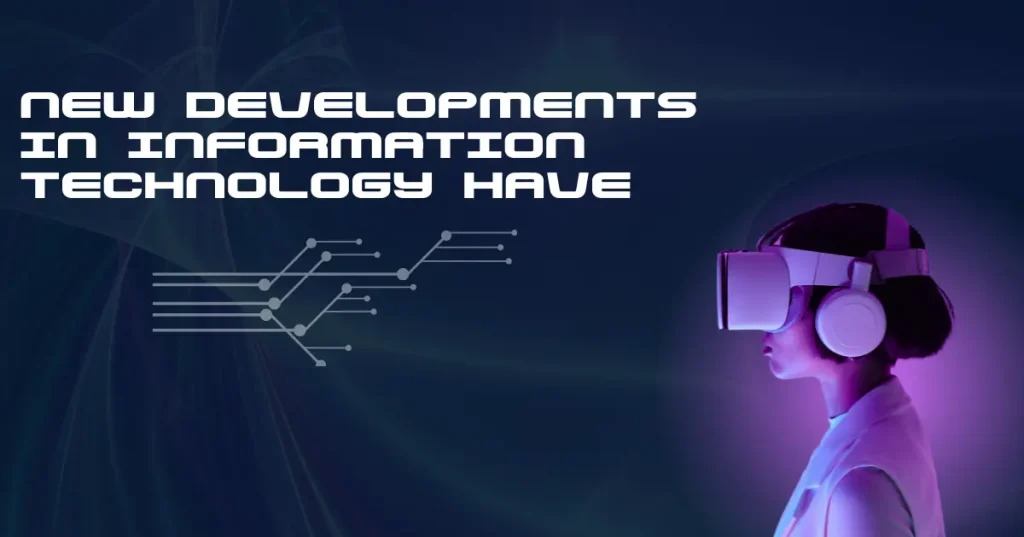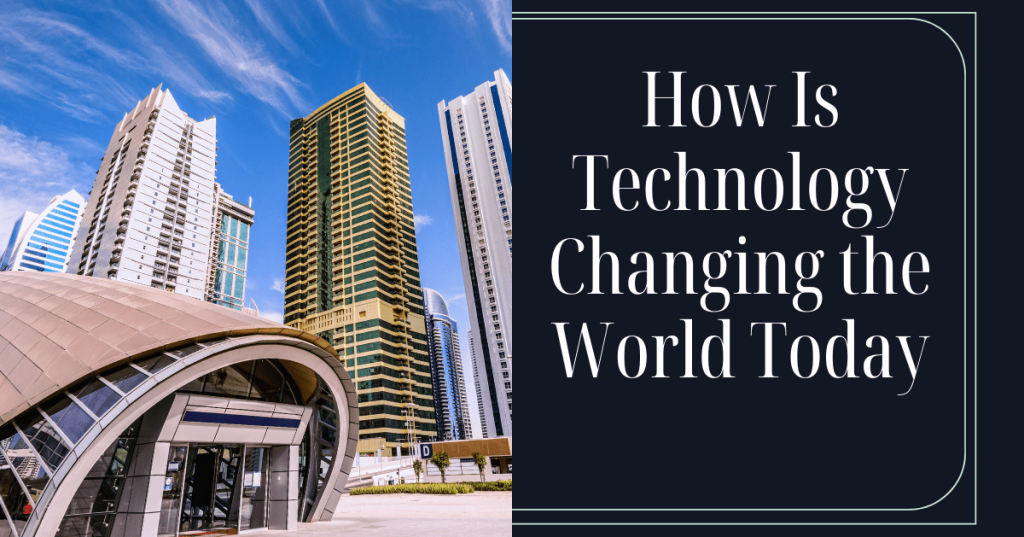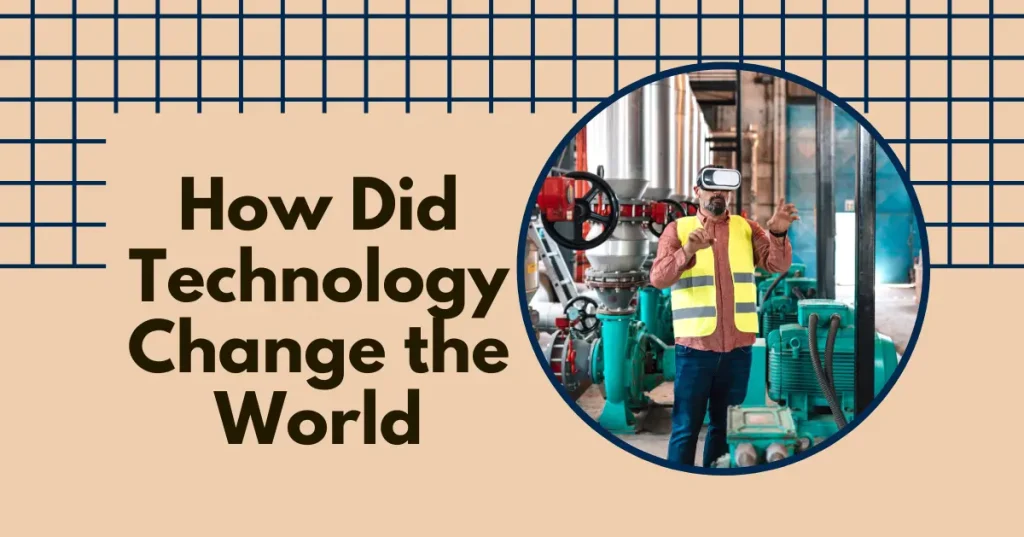The history of Information Technology (IT) started long ago with tools like the abacus. Then, in the 1940s, came the first digital computer called ENIAC. Mainframe computers arrived in the 1950s, making big data processing possible for businesses.
Microprocessors came in the 1970s, leading to personal computers (PCs) like the IBM PC in 1981. Computers became more user-friendly with graphical interfaces, thanks to the Macintosh in the 1980s. Tim Berners-Lee created the World Wide Web in 1989, changing how we share information.
The 1990s saw the internet becoming commercial, with the rise of e-commerce and online services. Mobile computing took off in the 2000s with smartphones and wireless internet. Big data and cloud computing became huge in the 2010s, helping organizations store and analyze vast amounts of data.
Table of Contents
Evolution of Information Technology
- Early Computing Tools and Mechanical Calculators: Information technology traces back to ancient tools like the abacus, used for arithmetic. Later, in the 17th century, mechanical calculators emerged, aiding in more complex computations.
- Invention of Digital Computers: The mid-20th century saw the birth of digital computers, starting with machines like the ENIAC, developed during World War II for calculating artillery firing tables. These early computers were massive, room-sized machines that required significant power and maintenance.
- Introduction of Personal Computers: The 1970s marked a significant shift with the development of microprocessors, tiny chips that could perform computing tasks. This led to the creation of personal computers (PCs) in the 1980s, such as the iconic Apple II and IBM PC, making computing accessible to individuals and small businesses.
- The Internet Revolution: In the 1980s and 1990s, the Internet emerged as a global network of interconnected computers. The creation of the World Wide Web by Tim Berners-Lee in 1989 revolutionized how information was accessed and shared. Graphical user interfaces (GUIs) made computers more user-friendly, with operating systems like Windows and MacOS becoming mainstream.
- Emergence of Mobile Computing: The 2000s saw a shift towards mobile computing with the rise of smartphones and wireless internet technologies like Wi-Fi and 3G/4G. Devices like the iPhone and Android smartphones made it possible to access information, communicate, and perform tasks on the go, transforming how we interact with technology in our daily lives.
- Advancements in Data Handling and Artificial Intelligence: Recent years have seen remarkable progress in data handling capabilities, with the advent of big data analytics and cloud computing. These technologies enable organizations to store, process, and analyze vast amounts of data more efficiently than ever before.
Emerging Trends in Information Technology
Artificial Intelligence (AI) and Machine Learning
AI and machine learning involve creating systems that can learn from data, recognize patterns, and make decisions without explicit programming. This technology is being applied in various fields, including healthcare diagnostics, financial forecasting, and autonomous vehicles.
Internet of Things (IoT)
IoT refers to the network of interconnected devices embedded with sensors, software, and other technologies, enabling them to collect and exchange data. This trend is transforming industries such as smart homes, industrial automation, and environmental monitoring.
Blockchain Technology
Blockchain is a decentralized and distributed ledger technology that records transactions across multiple computers securely and transparently. It is best known for its association with cryptocurrencies like Bitcoin, but it also has applications in supply chain management, voting systems, and digital identity verification.
Quantum Computing
Quantum computing utilizes the principles of quantum mechanics to perform computations at speeds exponentially faster than classical computers. While still in its early stages, quantum computing has the potential to revolutionize fields such as cryptography, drug discovery, and optimization problems.
Augmented Reality (AR) and Virtual Reality (VR)
AR and VR technologies enhance users’ perceptions of the real world by overlaying digital information or creating immersive virtual environments, respectively. These technologies are finding applications in gaming, education, architecture, and training simulations.
Cybersecurity and Privacy Enhancements
With the increasing digitization of society, there is a growing focus on cybersecurity and privacy measures to protect sensitive data and infrastructure from cyber threats. This includes advancements in encryption technologies, biometric authentication, and threat detection systems.
Impact of New Developments
Business Transformation
- Efficiency and Innovation: New technologies such as artificial intelligence (AI), big data analytics, and automation tools enable businesses to optimize their operations, improve productivity, and drive innovation.
- Market Expansion: Digital platforms and e-commerce solutions allow businesses to reach global markets, breaking down geographical barriers and tapping into new customer segments.
- Agile Decision-Making: Real-time data analytics and predictive modeling empower organizations to make data-driven decisions faster, responding swiftly to market changes and customer demands.
Job Creation and Automation
- Emergence of New Roles: IT advancements create demand for skilled professionals in areas such as data science, cybersecurity, cloud computing, and AI development.
- Automation of Routine Tasks: Robotic process automation (RPA) and AI-driven systems automate repetitive tasks, enhancing efficiency but also raising concerns about job displacement in certain sectors.
- Need for Lifelong Learning: Workers need to adapt to technological changes through continuous learning and upskilling to remain relevant in the rapidly evolving job market.
Healthcare Revolution
- Remote Patient Care: Telemedicine platforms and remote monitoring devices enable patients to consult with healthcare providers and manage chronic conditions from the comfort of their homes.
- Enhanced Diagnostics and Treatment: AI algorithms analyze medical imaging scans, genetic data, and patient records to assist clinicians in diagnosing diseases, personalizing treatment plans, and predicting outcomes.
- Efficient Healthcare Delivery: Electronic health records (EHRs) and health information exchange (HIE) systems streamline administrative tasks, reduce paperwork, and improve coordination among healthcare providers, leading to better patient outcomes and cost savings.
Education Evolution
- Personalized Learning: Adaptive learning technologies change educational content and activities to students’ individual needs, preferences, and learning styles, fostering a more engaging and effective learning experience.
- Access to Quality Education: Online learning platforms and digital resources democratize access to education, providing learners with any time, anywhere access to educational materials, courses, and expertise.
- Teacher Empowerment: Technology tools and digital resources empower educators to create interactive lessons, assess student progress, and provide timely feedback, enhancing teaching effectiveness and student engagement.
Social Connectivity and Interaction
- Global Networking: Social media platforms, messaging apps, and online communities connect people across geographical boundaries, fostering communication, collaboration, and cultural exchange.
- Social Impact and Activism: Digital platforms amplify voices and facilitate grassroots movements, enabling individuals and communities to advocate for social causes, raise awareness about issues, and mobilize support for change.
- Digital Divide: Despite the benefits of digital connectivity, disparities in internet access, digital literacy, and technological infrastructure contribute to a digital divide, limiting opportunities for marginalized populations and exacerbating social inequalities.
Environmental Sustainability
- Green Computing: Energy-efficient data centers, server virtualization, and renewable energy sources help reduce the environmental footprint of IT infrastructure and mitigate the carbon emissions associated with digital technologies.
- Smart Resource Management: IoT sensors, smart meters, and environmental monitoring systems collect real-time data on energy consumption, water usage, air quality, and waste management, enabling more efficient resource allocation and sustainability practices.
- Climate Modeling and Prediction: High-performance computing (HPC) and AI-driven models enhance climate modeling, weather forecasting, and disaster resilience efforts, helping communities prepare for and respond to environmental challenges such as natural disasters and climate change impacts.
Challenges and Opportunities
The new developments in information technology bring both challenges and chances for everyone. One big challenge is keeping our personal information safe from hackers and data breaches. We also need to make sure that new technologies, like AI, are used ethically and don’t discriminate against certain groups of people.
Another challenge is making sure everyone has the skills they need to work in a digital world. Many jobs are changing because of new technology, so people need to learn new skills and keep up with the changes. Some people also don’t have access to the internet or know how to use it, which creates a gap between those who have access to information and those who don’t.
But some opportunities come with these developments. For example, we can use technology to make education more accessible to everyone, no matter where they live. We can also use it to protect the environment by using less energy and creating less waste.
Conclusion
New developments in information technology bring big changes. They offer chances to improve our lives, like making healthcare better and education easier to access. But they also come with challenges. We need to make sure our personal information stays safe, and that everyone has the skills they need to work in a digital world.
It’s important to use technology fairly and ethically. So that it helps everyone, not just a few. By working together and learning from each other, we can make sure that everyone benefits from these new opportunities. As technology keeps evolving, we need to keep thinking about how we can use it to make the world a better place for everyone, now and in the future.



